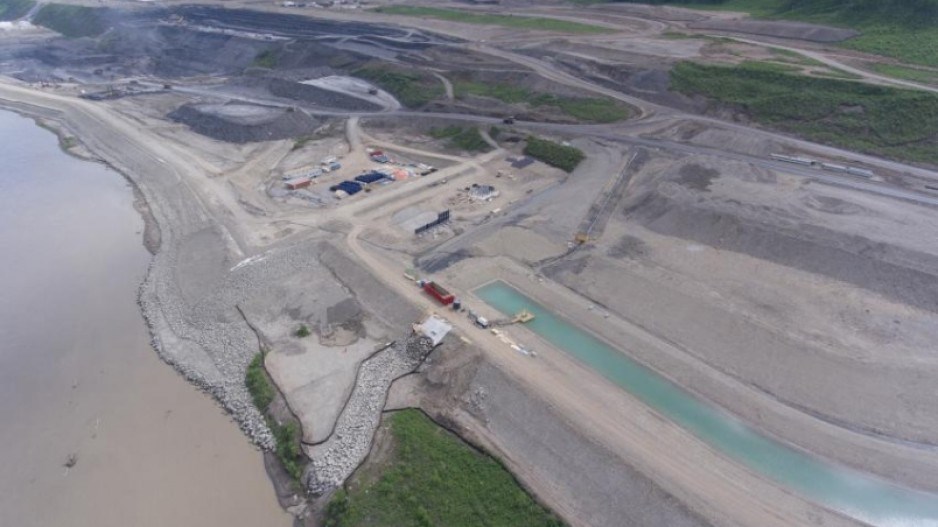BC Hydro has downgraded the overall health of the controversial Site C Dam project to “red” - indicating “serious concerns” - in its latest annual and quarterly reports to the B.C. Utilities Commission.
The concerns, said BC Hydro president and CEO Chris O’Riley in a letter to the BCUC, stem from COVID-19 adding new cost pressures and delays in construction of the project.
What it means, O’Riley said, is that there is no longer a clear date of when Site C will be completed and put into service. And, with the scheduling uncertainty, it also means that officials don’t know exactly how much Site C will cost - although some key costs “are anticipated to be more substantial than initially expected.”
“While we remain on schedule to achieve river diversion in 2020, there is uncertainty with the project’s schedule and in-service date,” O’Riley said in his letter. “This is primarily due to our ability to re-start and accelerate work that was halted due to the pandemic.
“BC Hydro has begun the process to re-baseline the project to determine the impact the COVID-19 pandemic has had on the project’s schedule and budget.”
Site C was originally projected to cost around $9 billion, although some observers have tabbed it to be as high as $12 billion.
In O’Riley’s letter, BC Hydro also noted some non-COVID-19 causes for concerns about the project’s costs and timelines moving forward. He noted that “a project risk has materialized on the right bank” of the site last December, where officials have determined after analysis that “some foundation enhancements would be required to increase the stability below the powerhouse, spillway and future dam core areas.”
“Based on further engineering analysis of the proposed mitigation measures, the foundation enhancement costs are anticipated to be more substantial than initially expected in January,” O’Riley said.




